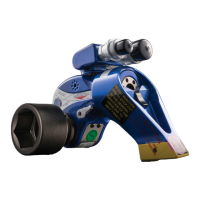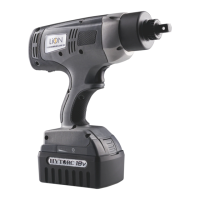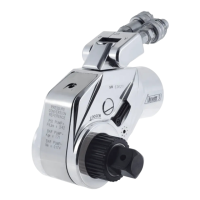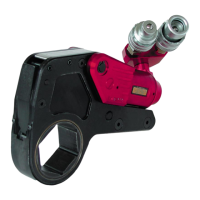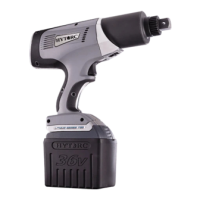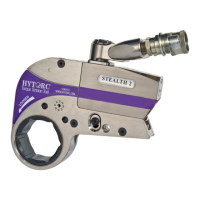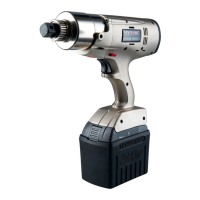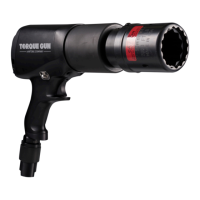34
Tests
11 Tests
Test #1
Attach hoses to pump and tool in the normal manner. Press the advance button and hold it down. If
the pump pressure builds and the hoses “flex” but the tool still refuses to cycle, the problem is most
likely a loose or defective coupling connection. To find out where the bad coupling is, remove the
tool from the hoses and marry the loose ends together and cycle the pump. If the gauge pressure
reads no more than 500 PSI (103 BAR), then the bad fitting is on the tool. A significantly greater
pressure indicates that the problem is in either the pump or a hose fitting.
Test #2
Place a welding rod or thin screwdriver in the opening of either side of the solenoid. Press and
then release the advance button. Repeat this process on the opposite side of the solenoid. You
should feel the solenoids moving back and forth. If either side is “dead” the solenoid is bad and
needs to be replaced. Note: if in an urgent situation, the tool may be cycled manually by pushing
the solenoids back and forth through these access holes.
Test #3
Remove tool from hoses. Cycle pump. If pump fails to build pressure, the problem is with the pump.
If it does build pressure, the problem is with hydraulic blow-by in the tool.
Test #4
Connect tool, pump, and hoses together normally and turn pump “on”. As oil leaks from the small
port under the uni-swivel, use a proper size Allen wrench and slowly tighten (clockwise) the set
screw positioned between the couplings on the uni-swivel. Continue to tighten until the flow stops
plus a quarter turn.
Test #5
THIS TEST SHOULD BE RUN PRIOR TO EVERY USE OF A HYTORC TOOL
Connect the tool, pump, and hoses together as normal. Cycle the pump several times. Cycle the
system once more and observe the sequence of operation. As you depress the advance button,
the tool drive should turn about. 24 degrees and you should hear an audible “click”. On square
drive tools, you will also notice that the accuracy assurance levers will move to the rear of the
tool and spring forward. At this point, release the advance button. You should see no further
movement and after a moment you will hear another audible “click”. This is how the tools are
designed to operate. If you observe any other sequence of operation, the system is out of order
and cannot deliver more than 10% of its designed capacity, Take immediate corrective action. For
reference, tools and pumps are designed from the factory plumbed as follows. This ensures that
the tool, pump and ONE hose cannot possible be connected up incorrectly.
(Continued on following page.)
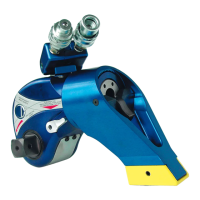
